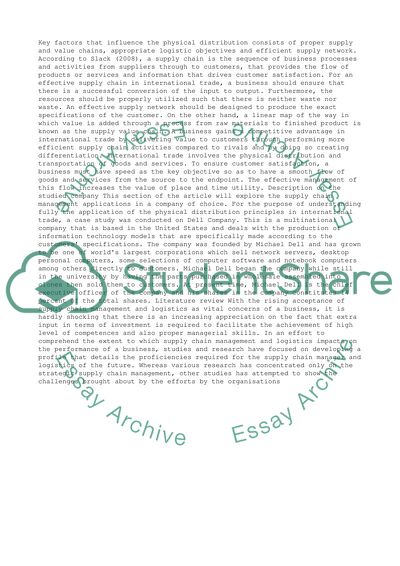Cite this document
(“International Trade:Physical Distribution Essay”, n.d.)
Retrieved from https://studentshare.org/business/1404708-international-trade-ytphysical-distribution
Retrieved from https://studentshare.org/business/1404708-international-trade-ytphysical-distribution
(International Trade:Physical Distribution Essay)
https://studentshare.org/business/1404708-international-trade-ytphysical-distribution.
https://studentshare.org/business/1404708-international-trade-ytphysical-distribution.
“International Trade:Physical Distribution Essay”, n.d. https://studentshare.org/business/1404708-international-trade-ytphysical-distribution.


